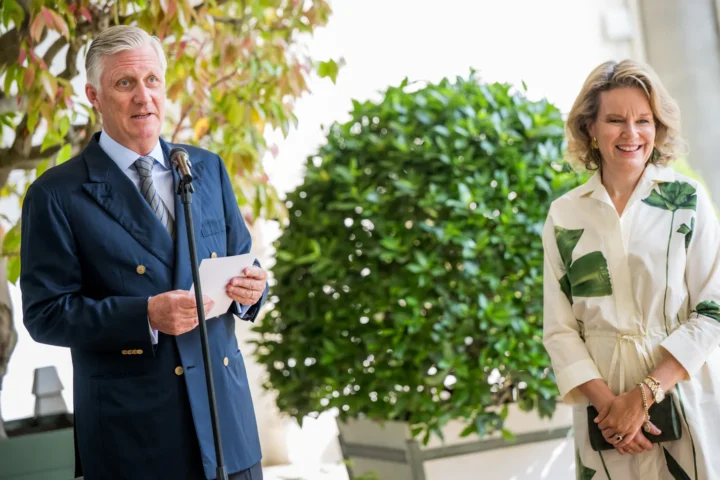Young people in Flanders are more discerning news consumers than often assumed, according to the 2025 News Barometer by Artevelde University College released on Wednesday. While social media plays a significant role in how they access information, the majority still rely on multiple sources and demonstrate an ability to spot misinformation. However, this critical mindset comes with a mistrust of legitimate sources and nearly half report deliberately avoiding the news altogether.
The News Barometer is a biennial survey examining the news consumption habits of young people between the ages of 12 and 26. “The typical image we have of young people, namely that they believe everything they see on TikTok, needs to be nuanced,” says researcher Edward De Vooght. “Young people are finding their way back to radio and television as a source. Not all of their news comes in via social media.”
Strength in spotting fake news
According to the study, 80 per cent of young people are able to recognise fake news. At the same time, they approach most content on social media with scepticism. Four in ten young people express doubt even toward legitimate journalism shared on these platforms. Distrust is highest on TikTok, where 20 per cent say they find it very difficult to distinguish between real and fake content.
“It is a positive development,” notes researcher Jan Boesman. “Young people are becoming increasingly critical of fake news. While in the past, the majority would not have passed a test on fake news, a large majority now sees through these messages. More media literacy in the curricula and the great interest in fake news are therefore paying off.”
“We showed various contributions on social media: from journalists and doctors to influencers and scammers,” Boesman continues. “The young people then had to indicate to what extent they trusted these contributions. Many suspect misuse of news logos or ‘deepfakes’ by artificial intelligence. This vigilance makes them hypercritical: even when traditional media share news on their official channels, it is distrusted.”
Eroded trust
This heightened caution has its downside. Some young people now question even credible sources, including content from news brands they say they trust. “If you show young people a ‘post’ from nwsnwsnws (the youth channel of the public broadcaster, ed.), you notice that they sometimes have doubts, even though they trust the news brand itself,” says Boesman. “In other words, the general distrust radiates onto reliable channels.”
Despite the role of social media, only one in ten young people rely on it exclusively for news. A majority also consume news through television or streaming services (64 per cent), radio (51 per cent), and news apps or websites (43 per cent).
The study also highlights that news avoidance among young people is often deliberate. 46 per cent of the Flemish young people surveyed occasionally avoid the news. Many say they want to manage the constant stream of information, rather than shut it out entirely.










